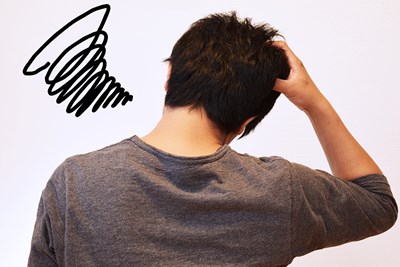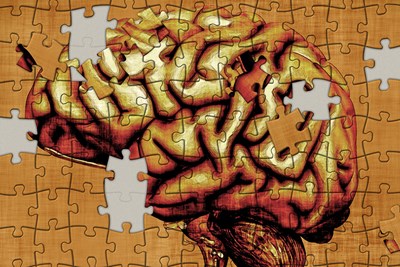Although no psychological disorder is necessarily easy to comprehend, some are more difficult to diagnose and comprehend than others. Schizoaffective disorder is a psychological disorder composed of features of both a psychotic disorder (schizophrenia) and a mood disorder (depression or bipolar disorder). Here are a few terms to help you understand schizoaffective disorder.
- Psychotic Disorder: There are several different types of psychotic disorders, but schizophrenia is the underlying psychosis in schizoaffective disorder. Psychotic disorders are those that result in a sort of break in the individual’s perception of reality.
- Schizophrenia: Schizophrenia is a psychotic disorder in which the person has difficulty thinking, communicating effectively, and functioning without the distractions, such as sensory hallucinations or delusions. There are five types of schizophrenia: catatonic, paranoid, disorganized, undifferentiated, and residual, each of which come with individual characteristics.
- Positive Symptoms: Positive symptoms in schizophrenia refer to normal behaviors, thoughts, and feelings that are significantly skewed or hyperbolized in the mind of someone suffering from the condition. "Positive" refers not to good, but to an overabundance.
- Delusions: Delusions are a positive symptom in schizophrenia and other psychotic disorders—in fact, they’re one of the most common signs of the condition. They are defined as an incorrect belief that is strongly ingrained in the mind of the person. An example of a delusion is a delusion of grandeur, such as believing oneself to be a savior figure.
- Negative Symptoms: Negative symptoms in schizophrenia are those behaviors or functions that occur at a below-normal level. "Negative" doesn’t refer to bad, in this instance, but rather to absent. For example, alogia is a negative symptom referring to a speech disturbance in which the person cannot speak in conversation. The lack of words makes alogia a negative symptom.
- Affective Flattening: Affective flattening is a negative symptom of schizophrenia. Affect, in psychological terms, refers to an expression of emotion. A person exhibiting affective flattening may not seem to responsive. They may not exhibit any body language or make eye contact; no change may appear in the face when someone is talking to them.
- Mood Disorder: A mood disorder, the other half of schizoaffective disorder, is an extreme disturbance in mood or emotion. Although everyone is subject to strong feelings of sadness, happiness, and even anger, in a mood disorder these feelings are above and beyond that required by the occasion and in fact may have no bearing on what’s occurring around the person.
- Major Depression: Major depression, or a major depressive episode, refers to a deep-rooted, intense, long-lasting, and potentially disabling sadness or unhappiness . Although there may be sad or disappointing things happening in the person’s life, these feelings are much stronger than the established norm. Even enjoyable activities no longer bring pleasure. When the diagnostic criteria of both schizophrenia and depression are met, this is considered schizoaffective disorder, depressive type.
- Mania: Mania is essentially the opposite of depression—a manic episode brings on feelings of euphoria and behavior, thought patterns, and speech that seem frenetic. Again, what’s occurring in reality seems to have little bearing on the intensity of feelings. When feelings of depression and mania alternate quickly, this is considered a mixed episode.
- Bipolar Disorder: When only depression is present, the appropriate mood disorder is major depressive disorder. Bipolar disorder consists of periods of mania only, mixed periods, or alternating periods of depression and mania. When the diagnostic criteria of bipolar disorder and schizophrenia are met, this is considered schizoaffective disorder, bipolar type.




